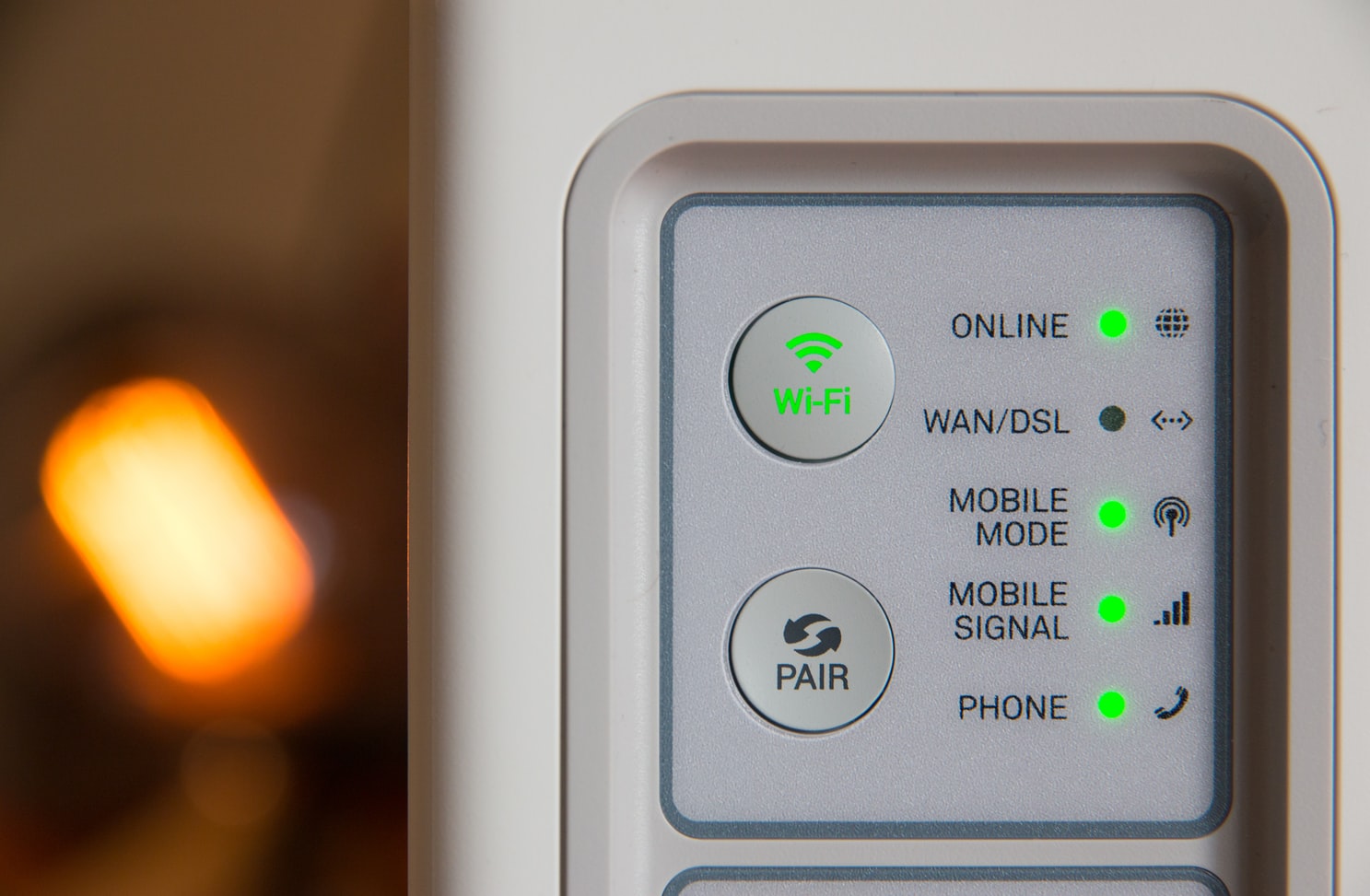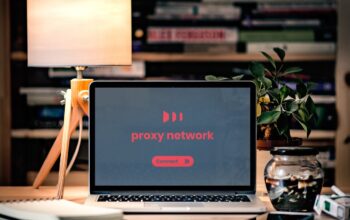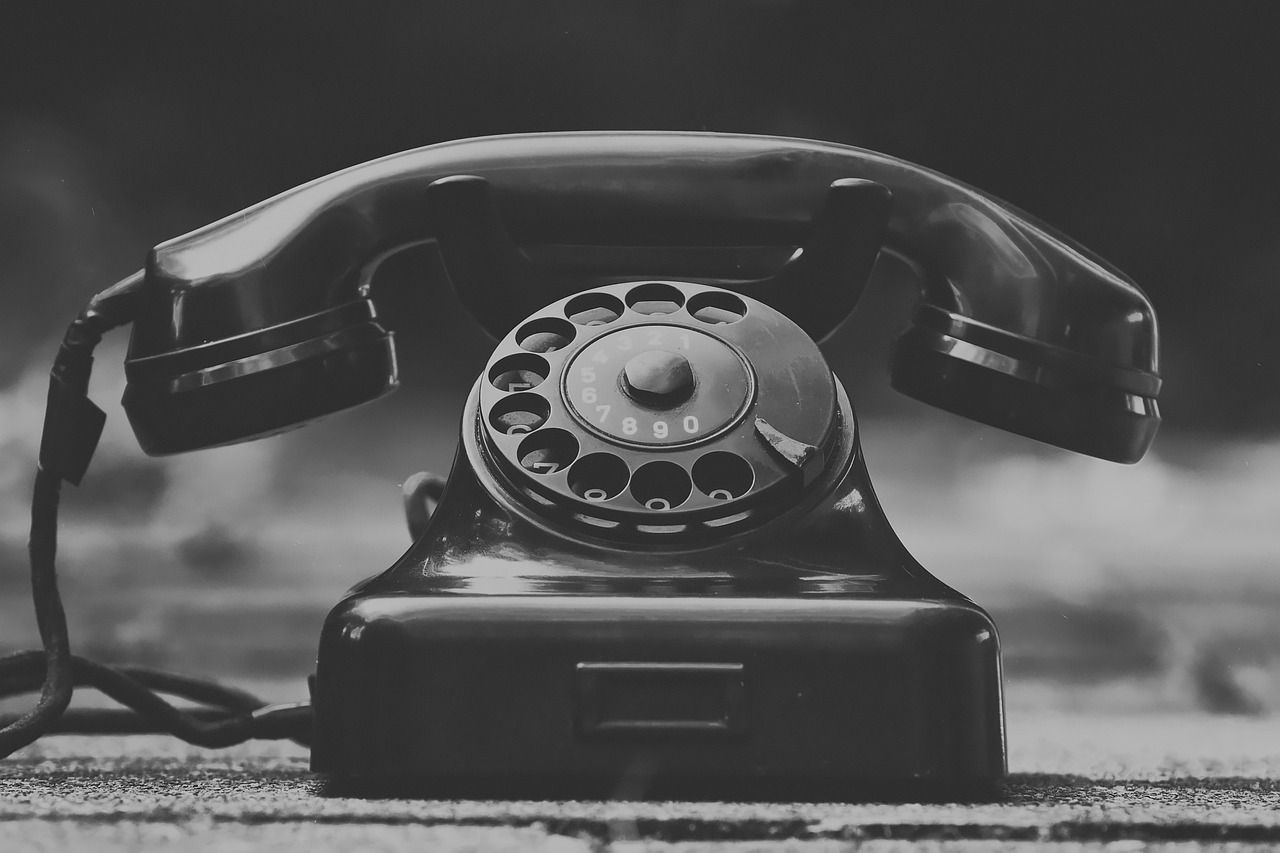Wi-Fi hotspots in coffee shops, libraries, airports, hotels, universities, and other public areas are convenient, but often they’re not secure. If you connect to a public Wi-Fi network and communicate information through websites or mobile apps, someone else might be able to see it. Here are some ways to safely utilize an unsecured network when you’re out and about.
Is Public Wi-Fi Secure?
The short answer is no. A strong router password, restricting the number of devices that may connect to your wireless network, and turning on encryption, which scrambles information you send over the internet into a code that can’t be deciphered by others, are all ways you can make your home wireless network secure. However, you have little control over the network security when utilizing the unsecured network at your local coffee shop.
What’s the big deal? In an insecure network, other network users can see what you see and send if you visit an unencrypted site — or a site that only utilizes encryption on the sign-in page. Your session might be hijacked, and someone could log in as you. Free web hacking tools make this possible for anyone, regardless of technical proficiency. Your sensitive documents, phone numbers, e-mail addresses, and even images of your loved ones may be all at risk.
So, to summarize the answer to your question: are public Wi-Fi secure or hotspots secure? No, they aren’t.
Fraudsters can impersonate you and defraud others on your contact lists, or they can try to crack your passwords on other websites, such as those that contain your financial information. Scammers can take your identity if they obtain your personal or financial information.
Here are some steps you can take and some apps you can disable on public Wi-Fi to ensure that your data is protected:
Ways to Stay Protected on an Unsecure Network:
1. Securely connect to websites.
You can tell if a website is secure if the URL begins with “HTTPS.” However, the use of HTTPS does not imply that a website is trustworthy. They know how to encrypt websites as well. They’ve started using HTTPS because it’s a common misconception that it signifies a website is secure. As a result, while the data you provide to the site is encrypted, scammers operating on that site will still be able to read it.
2. Use a VPN
Always use a VPN to connect to the internet. What is a VPN network’s meaning? VPN stands for virtual private network, and it acts as a layer between your server and other users. It will route users trying to connect with you to another buffer server. Make sure though, that you have a VPN kill switch activated and that your VPN service provider has this feature.
A VPN can lose connectivity and turn off sometimes and, in this case, when it does go off, you will expose all that valuable and protected data to hackers and scammers. So make sure you protect your data with a robust VPN service. A VPN service like VeePN can really boost up your protection against public networks.
3. Use Mobile Data Instead
If you’re on the go, don’t have the choice of visiting a secure website, and have no VPN encryption, consider using your mobile data instead of wondering whether hotspots are secure?. This is a smart option when you’re entering personal information into apps, as it might be hard to verify if they’re encrypted.
Some Additional Steps to Take When Using Public Wi-Fi
Apart from the three ways mentioned above, here is what else you can do to make sure your data is safe when using a public and unsecured network:
- Don’t give anyone access to any of your private or financial data. Assume that a public Wi-Fi network is always not secure.
- Only use websites that you are confident are properly encrypted when logging in or sending personal information. From the time you log in to the site to the time you log out, every site you visit should be encrypted (meaning the URL begins with HTTPS). If you’re on an unencrypted page even though you think you’re logged in to an encrypted site, immediately log out.
- Always log out of accounts that you no longer use. Log out of an account when you’re done with it.
- Make sure you don’t use the same password for several sites. If someone manages to get into one of your accounts, they’ll have access to all of your other accounts as well.
- Keep an eye out for warnings. It is common for online browsers to warn users before they visit a fraudulent site or download malware. Make sure you pay attention to the cautions. In addition, make sure your browser and security applications are up to date, as well.
- Disable automatic connection to adjacent Wi-Fi on your device. So, as a result, you have more control over when and how to utilize public Wi-Fi networks while wondering if hotspots are secure?
- Make use of browser extensions and plug-ins. You can compel your browser to use encryption on popular websites that aren’t normally secured with free Firefox add-ons like Force-TLS and HTTPS everywhere. However, not all websites are safeguarded by them. A secure site will have HTTPS in the URL.
Summing it all up
You should take every step possible to protect your data if you regularly connect to public Wi-Fi and unsecured networks. Even using just, a good VPN isn’t enough, you need to ensure that you are practicing proper internet hygiene to be safe.



